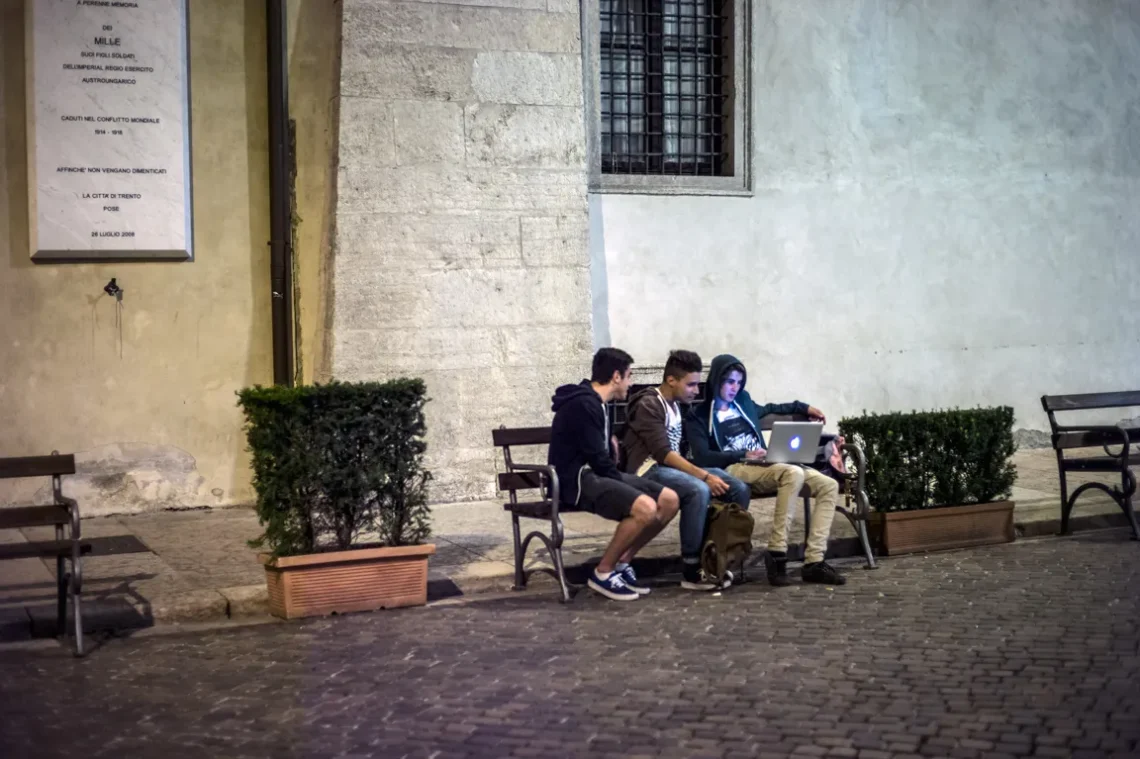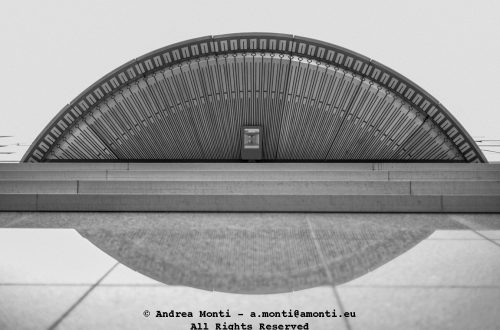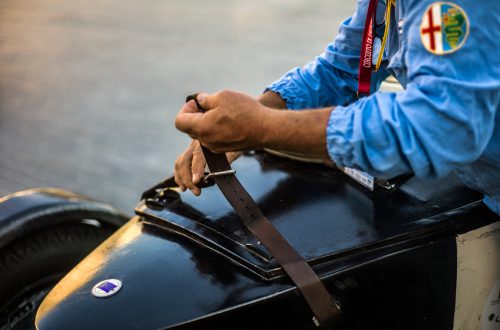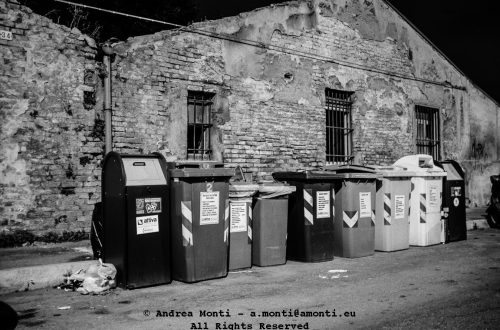
Trento, After Dark
There’s a plaque on the wall behind them—honouring soldiers of the Austro-Hungarian Empire, fallen in a war a hundred years gone. But they’re not looking at that.
Instead, three boys sit shoulder to shoulder on a wooden bench, huddled around a glowing Apple logo. A little too bright for the square. The light falls on their faces the way a fire once would have. They’re focused, not speaking much. Two watch the screen; one taps at his phone. Nobody’s in a rush.
This is Trento at night: limestone façades, uneven cobbles, Mediterranean shrubs in planters, and now Wi-Fi in the air. The square is mostly empty. Just a few benches, a soft breeze maybe, and the kind of silence that belongs to small cities after dinner. It’s not boredom. It’s a pause.
What caught me wasn’t the screen—it was the contrast. Between centuries. Between memory and now. A monument to the past on the wall, and a future happening quietly just below it. No ceremony. Just code, connection, and conversation unfolding in the glow.
Sometimes the present doesn’t announce itself. It just sits down on a bench and logs in.




